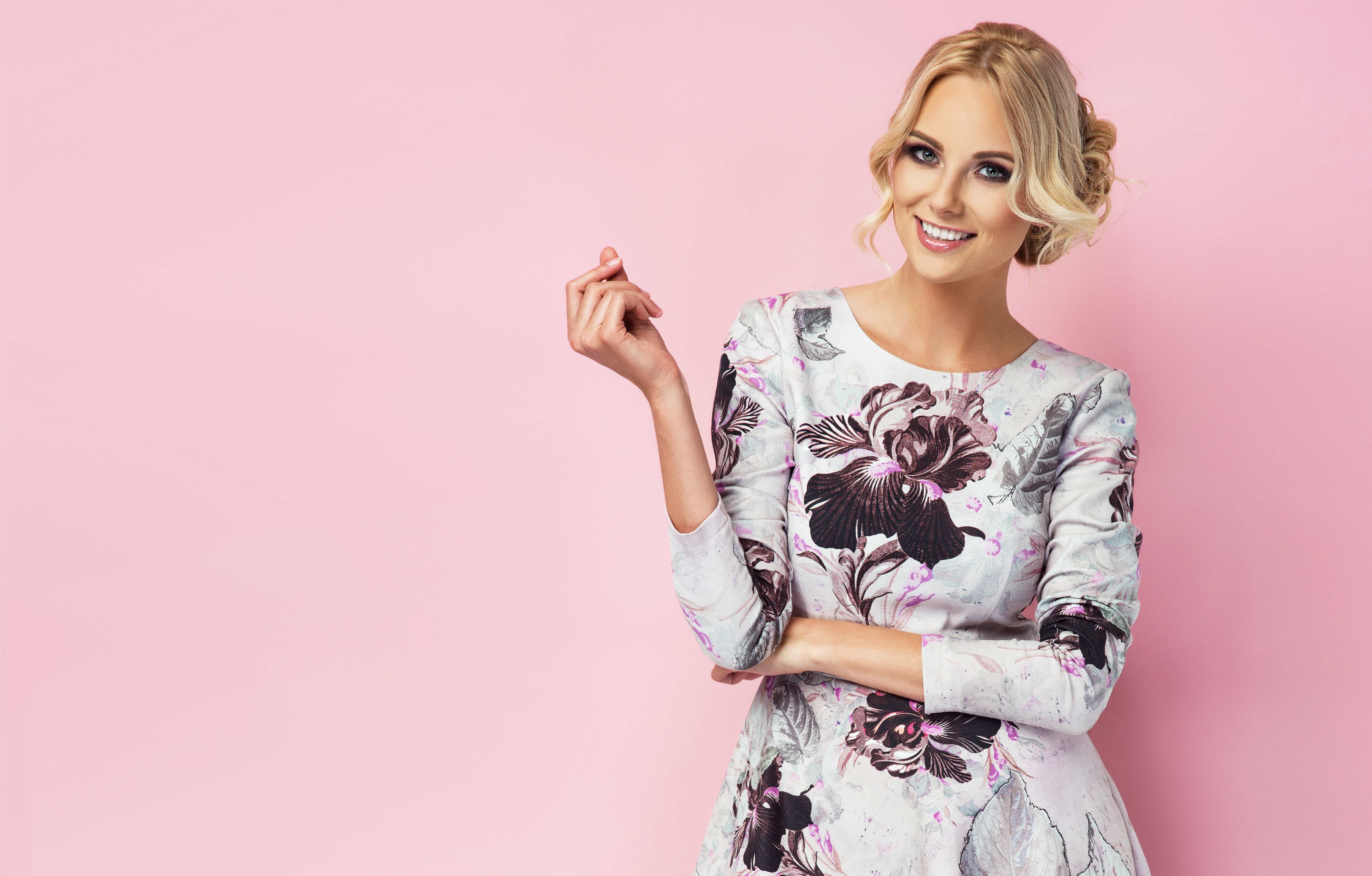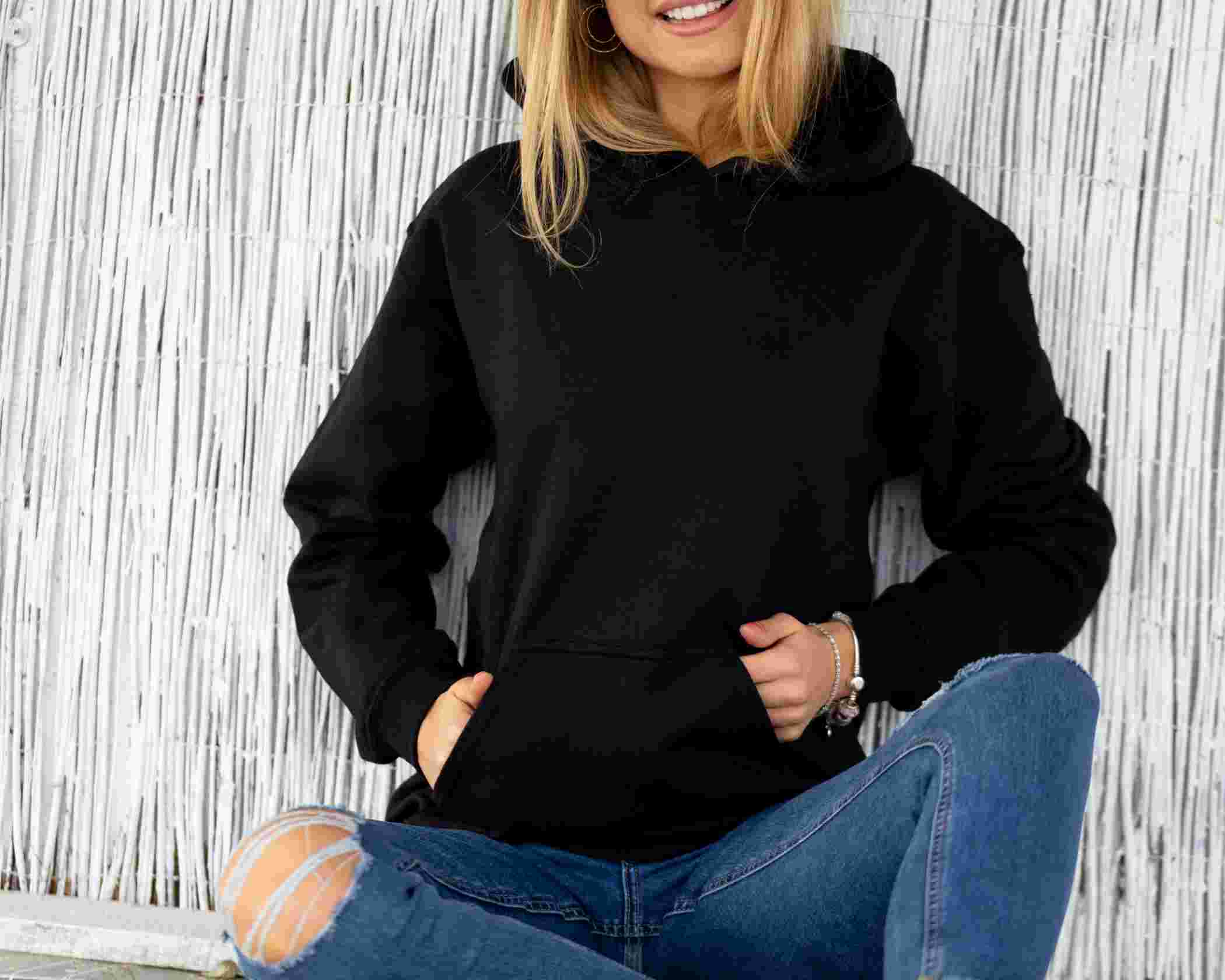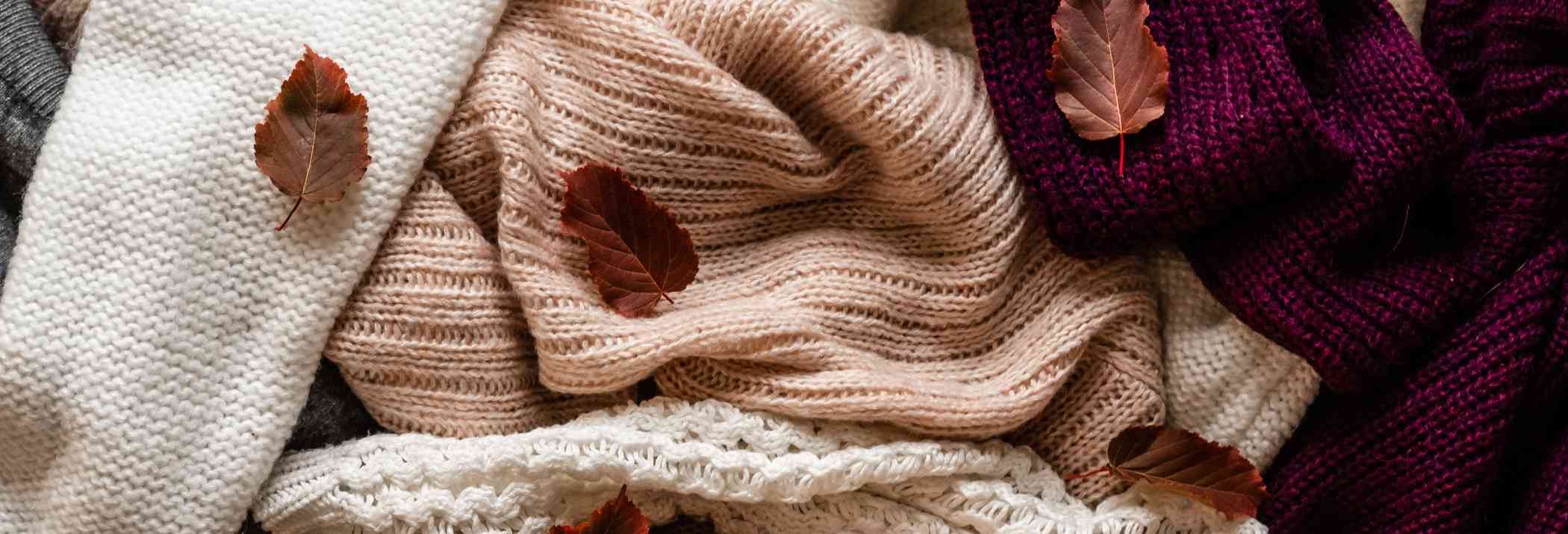Ten Important Elements of Fashion Design

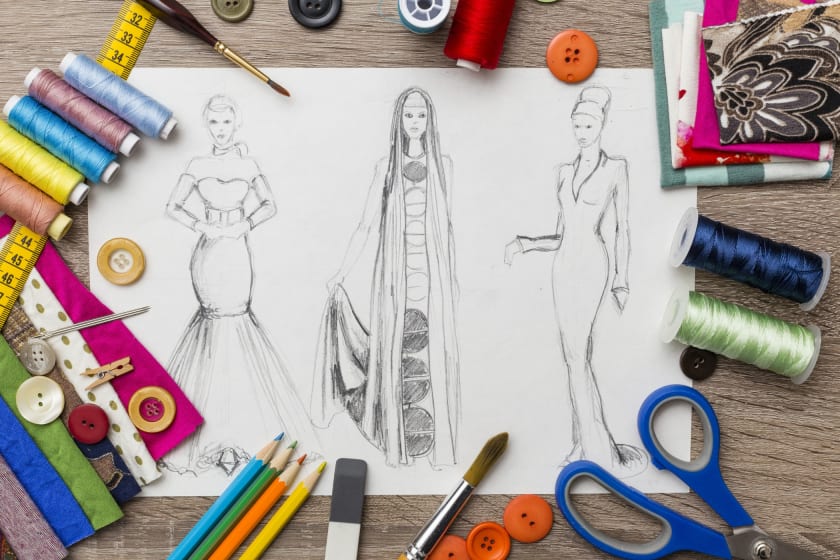

Fashion design is the game changer! Yes, that's right. Fashion design helps a fashion company to run over a long period. In simple words, whenever aesthetics and design are applied to apparel, the beauty is enhanced. However, it's not as easy as it may sound, as it is not just about designs. It is much more than that, and a varied range of elements are involved.
A person's personality is always first analysed by looking at their outfits and accessories. This is where the importance of fashion design comes into play. Here are 10 important elements that make up the essence of fashion design:
Colour
The first and foremost element that should be considered while designing a clothing item is its colour. Colours are the magic wands that help a garment look beautiful, and each colour has a different meaning and emotion to it. It won't be wrong to say that an outfit's colour plays a major role in determining the personality and amplifying the look of an individual.
There are three different facets of colour. The first facet is 'hue', which comprises pure spectrum colours. Next is the 'saturation', which regulates the brightness or dullness of a colour. The third facet is that of 'value', which refers to the lightness or darkness of a colour.
Different schemes of warm, cool or neutral shades are also criteria for choosing a colour.
Fabric Texture
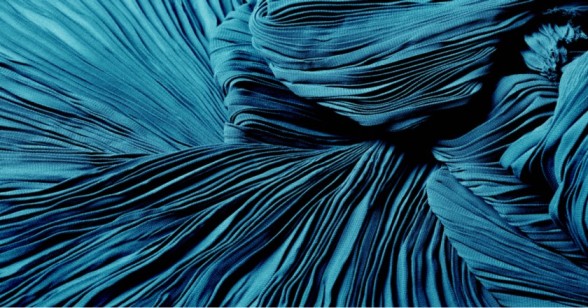
Choosing the right texture of the fabric is a major task in the domain of fashion designing. On the whole, texture is the surface of a garment and is related to the weaving of fibres. Choosing the right kind of fabric and the right texture amongst the different options available is a crucial job. Usually, a smooth texture is preferred to make areas look smaller, and rough textures make the areas look bigger. Moreover, the comfort one feels while wearing certain kinds of fabric is of utmost importance in design.
Lines
In simple terms, it can be said that the lines of a garment form its edge and outline. Seams and darts are usually used to create lines, and the decision of what kind of lines should be used and where to use them plays an important role.
Lines and their spacing help to create an optical illusion of a person's body shape and height. For instance, it is often said that vertical lines make one look slimmer, whereas other kinds of lines like horizontal and diagonal create other illusions of space and volume.
Lines also help to decide the kind of silhouette to be chosen.
Silhouette
A silhouette is an important element of fashion design, and it refers to the outline of an outfit. Silhouettes are not a one-time trend, and they tend to be repeated with time. There are different kinds of silhouettes for different types of the body; for example, hourglass silhouettes, H-line silhouettes, sheath silhouettes, etc.
Various factors need to be considered before selecting the appropriate silhouette. Every body type demands a different kind of silhouette, and the taste of the client must be taken note of. Additionally, the designs must be created considering the type of weather at a particular time and place.
Balance and Rhythm
Balance is the concept in which all the essential elements of fashion design, including body shape, colour, patterns, etc., are combined appropriately. Balance is of two types, namely, symmetrical and asymmetrical.
In symmetric balance, there is visible equality in the weight of the objects due to repetition. This effect is usually used while designing necklines, seams, etc. In asymmetric balance, there is no visible equality in the object weights, and the designer makes them look unequal.
Rhythm is a concept wherein there is a recurrence of elements. This is most commonly observed in colours and drapes.
Patterns and Prints
Patterns and prints play a huge role in attracting consumers to a brand. They add to the beauty of an outfit. Just like texture, even patterns are a visual treat to the consumer, and they also help enhance the personality of the person wearing them.
There are various kinds of patterns that are commonly used, such as floral prints, geometric prints, etc. There are even graphic prints available that include motifs as well. Designers often experiment with their designs by mixing prints with solids, prints with prints, and so on.
Emphasis
In fashion designing, a trick of 'emphasis' is used in an attempt to look unique and stand out. In this process, there is a specific point of focus that attracts the most attention. There are many ways to lay emphasis on something in a design, and designers may use quirky colours, textures, forms, etc., to achieve this.
In emphasis, a certain element of design is given the most importance so that the audience gives it attention. It brings a pause in the garment's rhythm. Various ways of embellishment are used. Preference is also given to 'value,' which means the usage of a dark and light shade of the same colour.
Body Shape
Body shapes are one of the most considered elements in fashion design. Every individual has a unique body size and shape, and each of them is beautiful in its own way. There are so many different body shapes, like rectangles, hourglass, pear, apple, inverted triangle, etc. All individuals want to look their best, and they deserve to. Thus, while designing any outfit, a lot of thought must be given to the kind of outfit that would look the best on a certain kind of body shape.
Unity and Proportion
No fashion design is possible without the elements of unity and proportion. In layman's language, proportion is the relation of all parts or elements of an outfit to each other and the whole outfit. It is based on the ratio of one element to the other in an outfit's design. Proportion is a great criterion to help us choose the other elements, such as sizes, shapes, etc., and it brings about a sense of wholeness.
On the other hand, unity refers to the process of joining all elements, which results in the enhancement of all the elements.
Unity is sometimes also referred to as 'harmony.' It helps make an overall complete and attractive outfit.
Draping
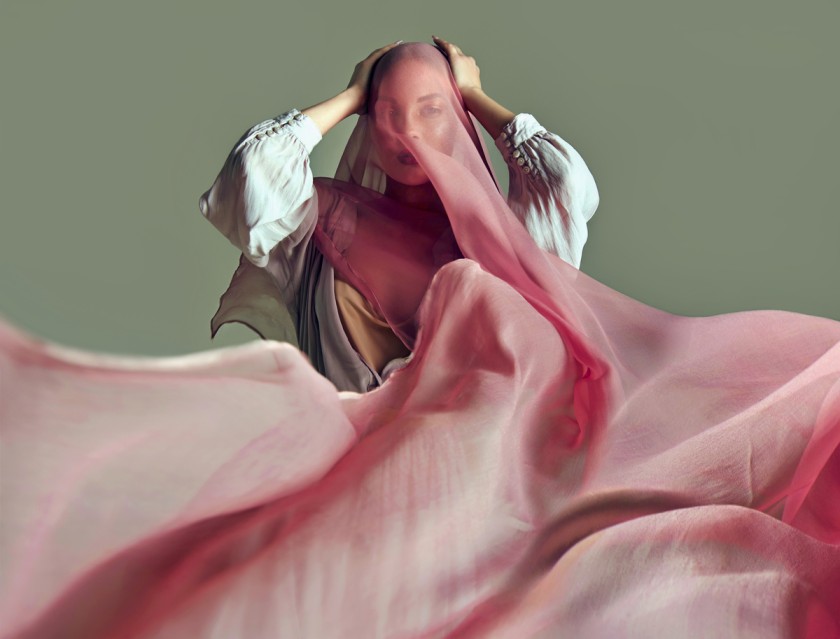
The beauty of an outfit is doubled if it involves the process of draping. In substance, draping is a process in which the fabric's position is decided, followed by the pinning of the fabric.
Major big fashion houses use the process of draping to add a unique element to their outfits. Draping helps in choosing the silhouettes as well, as it adds to the creative aspect of a designer.
Conclusion
The application of elements like colour, shape, design lines, etc., help a fashion designer enhance the look of an outfit. Designers can learn more about the application of these elements and principles of fashion design through workshops, presentations, training courses, and seminars.
Fashinza helps fashion design brands by providing an apparel manufacturing platform. Reach out to us for all your clothes sourcing needs.















